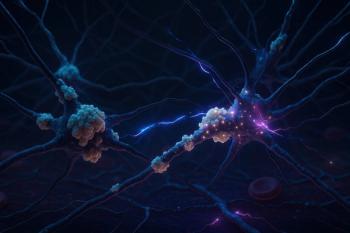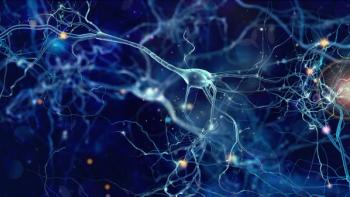
Tackling Psychoneuroendocrinology May Lead to Better Treatment and Outcomes
New and improved treatment options are surfacing, thanks to an improved understanding of psychoneuroendocrinology.
CONFERENCE REPORTER
In addressing the whole patient and seeing a full picture, it is important to understand the interactions between the brain, the nervous system, and the endocrine system, explained Anita H. Clayton, MD, at the Annual Psychiatric Times® World CME Conference™. Clayton, one of the chairs of the program, shed light on practical
Clayton explained that a hyperactive hypothalamic-pituitary-adrenal (HPA) axis as well as
One of the ways we see this inter-relationship is with depression and sexual dysfunction, she reported. Clayton reviewed a meta-analysis of 6 studies on depression and risk of sexual dysfunction (3285 participants followed for 2 to 9 years) and 6 studies on sexual dysfunction (11,171 participants followed for 1 to 10 years).1 The researchers found depression was associated with a 50% to 70% increased risk of developing sexual dysfunction, and sexual dysfunction was association with a 130% to 210% increased risk of developing major depressive disorder (MDD).
Similarly, when looking at symptoms of menopausal transition and MDD, there is significant overlap, Clayton told attendees.2 Common symptomology includes decreased libido, sleep disturbance, concentration and memory problems, anxiety and irritability, loss of interest, fatigue, and weight gain.
There are also relationships between
All of the compelling research has led researcher to explore new treatment options, including the use of allopregnanolone, a neuroactive metabolite of progesterone. In one double-blind, randomized, placebo-controlled study of brexanolone for postpartum depression, researcher found a 70% remission rate in patients taking brexanolone versus 9% in the placebo group.4 Similar positive results were found in a study of zuranolone for postpartum depression5, Clayton reported.
These results are promising, Clayton concluded. “[They] can lead us to new treatments that might benefit patients who might not otherwise be responding to our current standard treatment.”
The Annual Psychiatric Times® World CME Conference™ was held October 15 – 17. More information can be found
References
1. Atlantis E, Sullivan T. Bidirectional association between depression and sexual dysfunction: a systematic review and meta-analysis. J Sex Med. 2012;9(6):1497-507.
2. Lanza di Scalea T, Pearlstein T. Premenstrual dysphoric disorder. Med Clin North Am. 2019;103(4):613-628.
3. Kheirkhah F, Hosseini SR, Hosseini SF, et al. Relationship between testosterone levels and depressive symptoms in older men in Amirkola, Iran. Caspian J Intern Med. 2014 Spring;5(2):65-70.
4. Kanes S, Colquhoun H, Gunduz-Bruce H, et al. Brexanolone (SAGE-547 injection) in post-partum depression: a randomised controlled trial. Lancet. 2017;390(10093):480-489.
5. Kanes SJ. Neuroactive steroids as rapid-acting antidepressants: The story of brexanolone and SAGE-217. CINP International Meeting. October 4, 2019; Athens, Greece.
Newsletter
Receive trusted psychiatric news, expert analysis, and clinical insights — subscribe today to support your practice and your patients.













